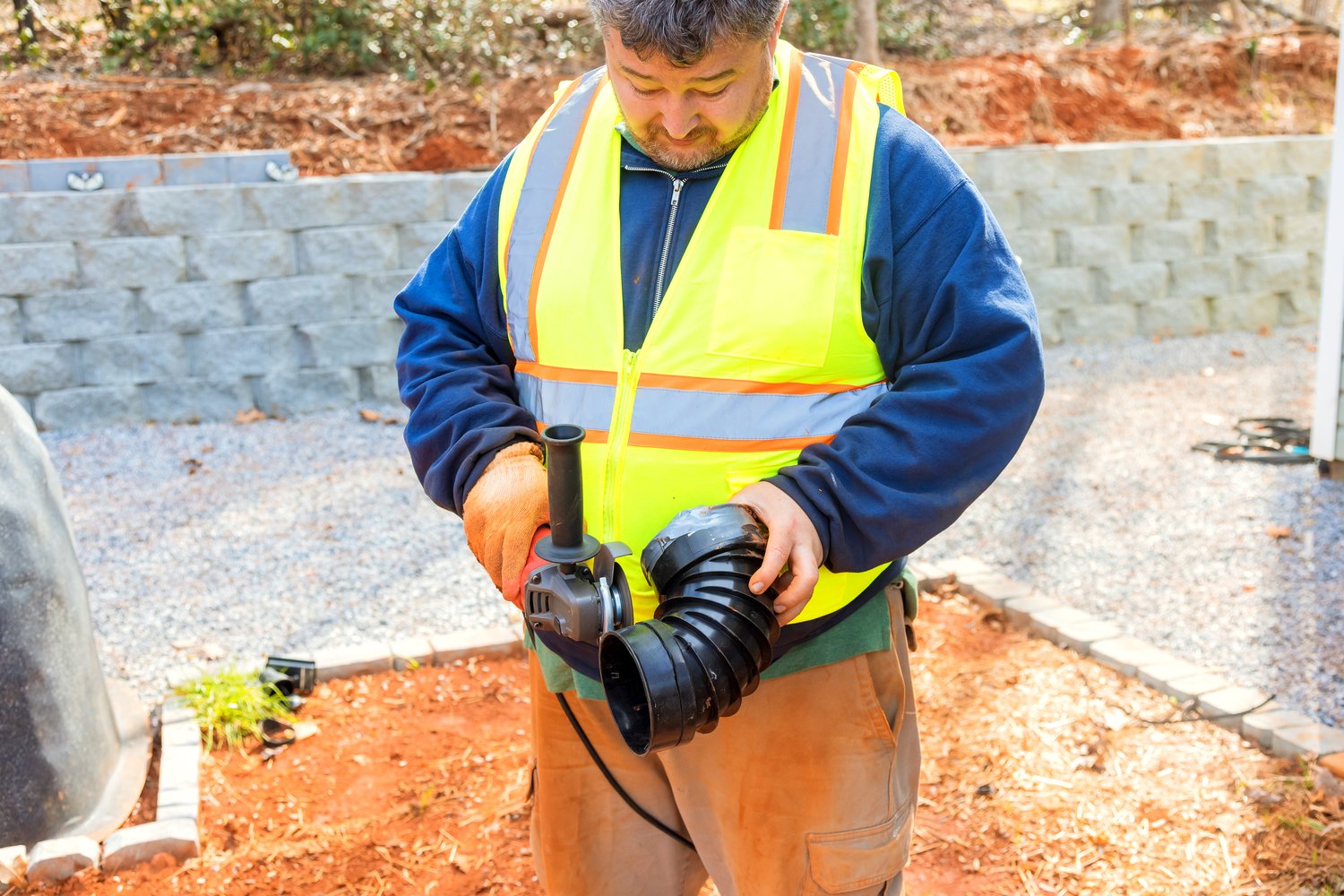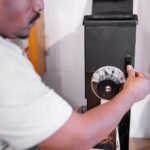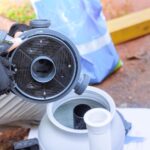Sneaky sewer line problems can wreak havoc on your home, leading to unexpected expenses and a host of inconveniences. Discovering the importance of regular sewer inspections can save you from the nightmare of plumbing emergencies. Explore this guide to uncover essential tools and techniques that will keep your plumbing system running smoothly and prevent costly backups.
- Routine checks of your main sewer line are critical in preventing expensive repairs and disastrous plumbing issues.
- Learn about must-have tools like inspection cameras, drain snakes, and pipe locators for a comprehensive inspection.
- Follow our step-by-step guide to identify potential issues early and keep your plumbing in peak condition.
By mastering these inspection techniques, not only will you safeguard your home from potential disasters, but you will also ensure a seamless, hassle-free experience every time you use your plumbing system.
Understanding DIY Main Sewer Line Inspection: Tools and Techniques to Prevent Costly Backups
Regular inspections of your main sewer line play a critical role in maintaining your plumbing system’s overall health. Neglecting your sewer line can lead to unexpected plumbing emergencies and costly repairs, making consistent checks an essential part of home maintenance.
By proactively monitoring your main sewer line, you can identify and mitigate potential issues before they evolve into major problems. This proactive approach not only saves you money in the long term but also helps in avoiding the inconvenience caused by unexpected plumbing failures.
DIY main sewer line inspections provide homeowners with a strategic advantage, empowering them to ensure the continuous and efficient operation of their plumbing systems. Utilizing the right tools and techniques can prevent blockages, leaks, and backups, thereby securing the smooth functioning of your home’s plumbing infrastructure.
Essential Tools for Effective Sewer Line Inspection
Conducting a thorough sewer line inspection requires a few specialized tools that can help you get a clear picture of the condition of your pipes and identify issues with precision.
Inspection cameras are indispensable for viewing the interior surfaces of your pipes. These cameras can navigate through the twists and turns of your sewer line, allowing you to detect cracks, blockages, or any structural issues from the inside.
Drain snakes are vital for removing minor blockages and clearing obstructions within your pipes. They are a first-line tool for dealing with clogs and maintaining the flow within your sewer lines.
Pipe locators provide the ability to trace sewer lines underground, assisting in pinpointing the exact location of buried lines. This tool is particularly useful for identifying where inspections and maintenance efforts should be focused.
Understanding and using these tools effectively form the backbone of a successful DIY sewer line inspection, ensuring that you can keep your home’s plumbing system operating smoothly and efficiently.
Step-by-Step Guide on DIY Main Sewer Line Inspection: Tools and Techniques to Prevent Costly Backups
Undertaking a DIY main sewer line inspection can seem daunting, but with the right approach and tools, you can efficiently ensure your home stays free from unwanted plumbing issues. Knowing how to inspect your sewer line can help you identify potential problems before they escalate, maintaining the overall health of your plumbing system.
Begin by gathering the necessary tools. A high-quality inspection camera is crucial to provide a clear view of the inside of your sewer line. Pair this with a durable drain snake that can navigate through the pipe’s intricacies. Finally, a pipe locator will assist in identifying the exact path of your sewer line, making the inspection process more precise.
Once you have your tools in place, locate the sewer cleanout access point, typically found in your basement or yard. Remove the cap carefully to avoid any unnecessary mess. Using the inspection camera, slowly feed the cable into the sewer line. Ensure the camera is functioning correctly and transmitting a viewable feed to your monitoring device.
As you examine the line, pay close attention to signs of potential issues such as blockages, cracks, or root ingress. Any of these could lead to significant damage if left unresolved. Note areas requiring further attention or possible professional intervention.
Following the inspection, you may use a drain snake if a minor blockage is identified. Carefully maneuver the snake to dislodge any debris. Be gentle to avoid damaging the pipe integrity.
Finally, re-cap the cleanout access point securely to prevent odors or external debris from entering the system. By consistently performing these checks, you can keep your plumbing system in top condition and prevent costly sewer line backups.
Should you encounter complex issues during the inspection, consult a professional plumber to ensure proper resolution. This collaboration can enhance your understanding of maintaining your home’s plumbing system.
Frequently Asked Questions about DIY Sewer Line Inspection
What is the purpose of a DIY sewer line inspection?
The purpose is to identify potential issues early and prevent costly plumbing emergencies.
What tools are essential for a sewer line inspection?
- Inspection cameras
- Drain snakes
- Pipe locators
How often should I inspect my sewer line?
An inspection is recommended annually to ensure early detection of any problems.
Can a sewer line inspection prevent backups?
Yes, regular inspections can identify blockages or damage before they cause backups.
Is special training required to conduct a DIY sewer line inspection?
No formal training is needed, but understanding the process and tools is essential.





